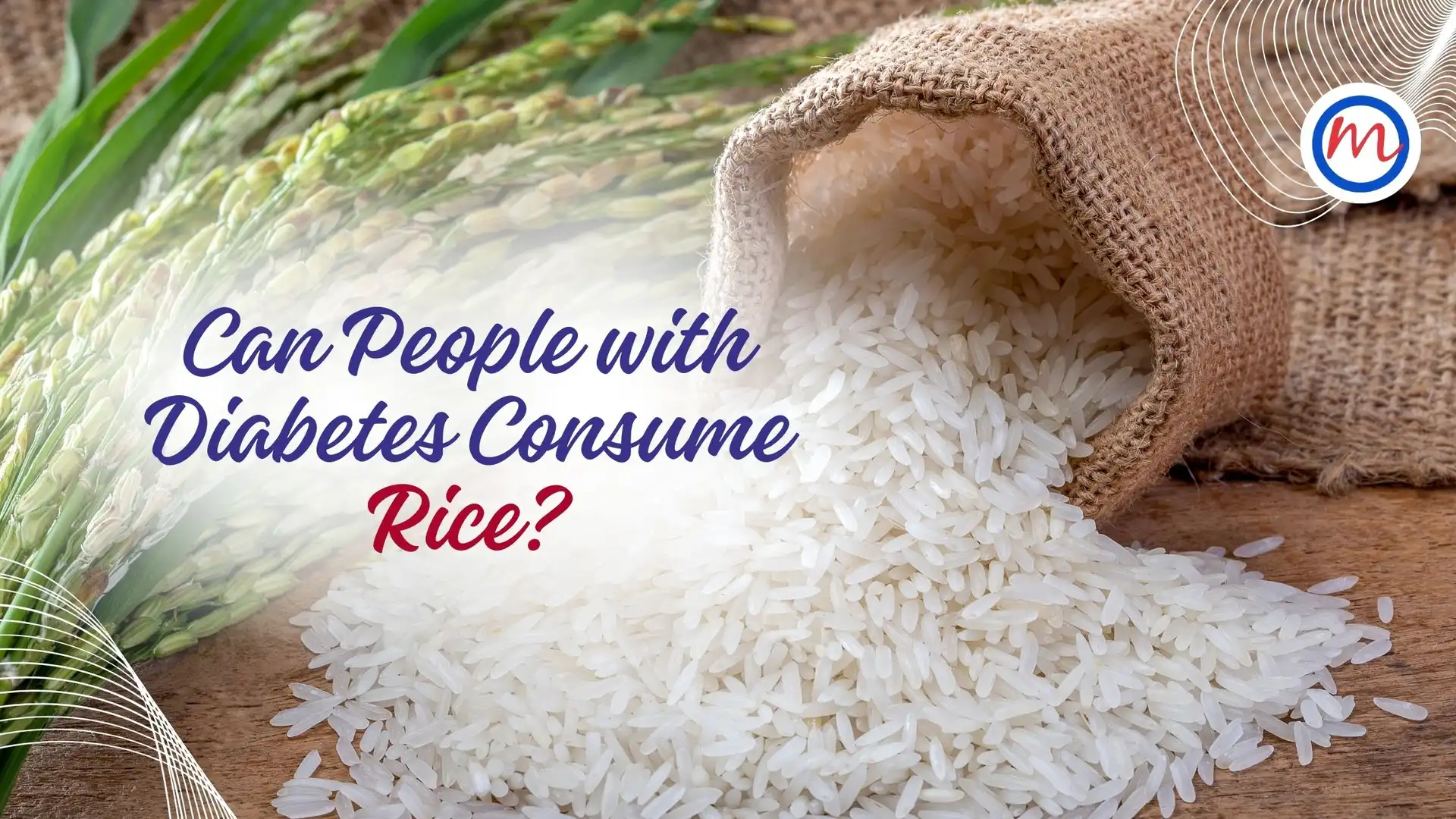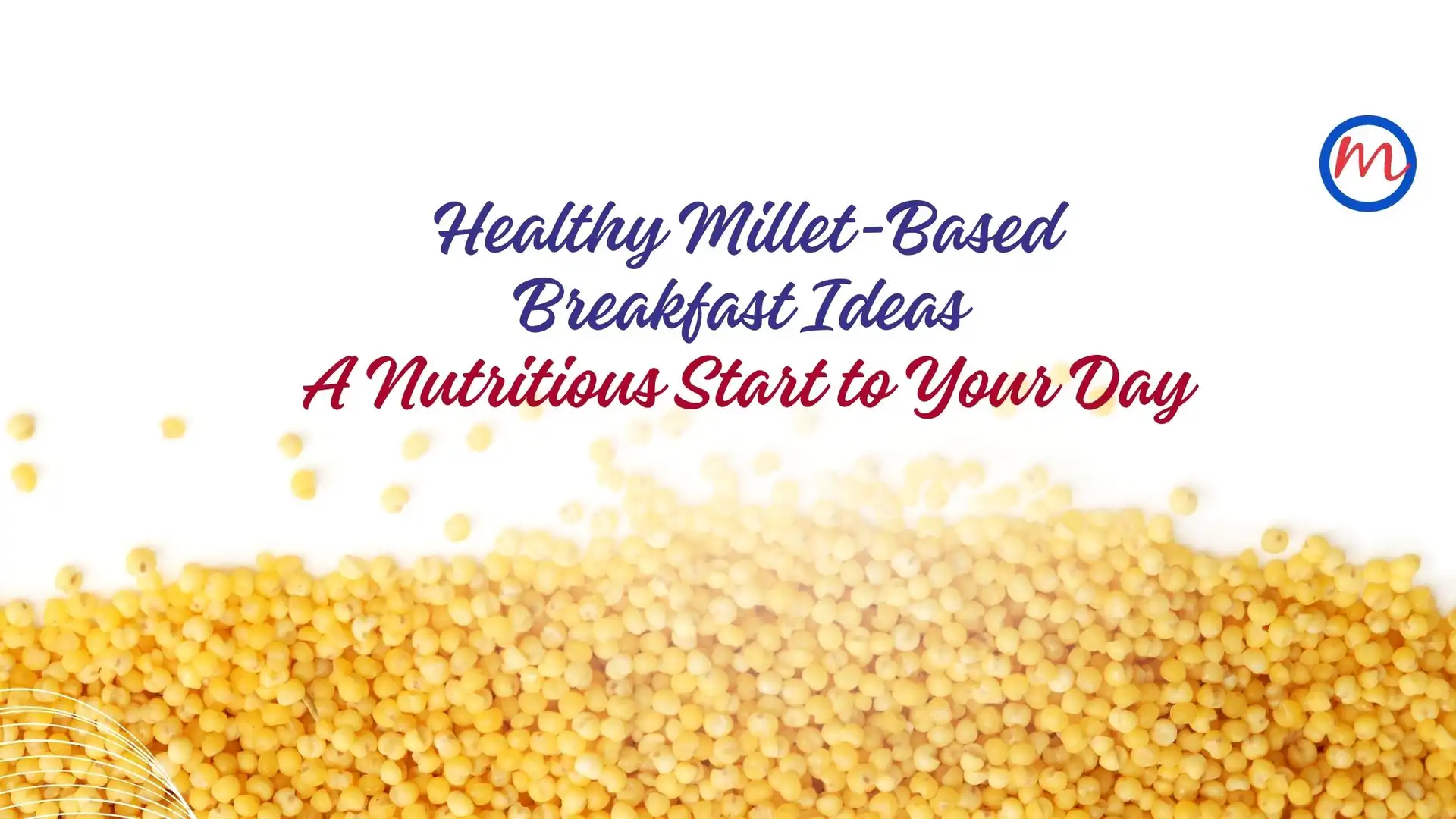Diabetes requires careful attention to diet, and one of the most common concerns for people with diabetes is whether they can eat rice. Rice is a staple food in many Indian households and an integral part of numerous regional cuisines. However, it is also high in carbohydrates, which may cause blood sugar levels to rise. So, is rice completely off the table for people with diabetes, or can it be consumed in moderation with the right strategies?
We take an elaborate example of how someone suffering from diabetes can have their favourite rice items and yet monitor his or her levels of blood sugar.
We share portion control guidelines, diabetic friendly rice, along with ways to associate these rice items with other Indian recipes so that eating them does not make it much harmful to someone with diabetes. We discuss about the carbohydrates content related to diabetes. When you eat carbohydrates, your body breaks them down into glucose, which enters your bloodstream. For people with diabetes, managing blood sugar levels is crucial. The glycaemic index (GI) is a useful tool to understand how different foods affect blood sugar. Foods with a high GI, such as white rice, can cause rapid spikes in blood sugar, while foods with a lower GI release glucose more gradually.
Rice, particularly white rice, is high in GI; however, one can prepare rice with minimal risks associated with diabetes through choosing the correct type of rice and appropriate serving portions. Also, eating it in combination with foods that reduce GI levels would benefit individuals suffering from diabetes.
Is Rice Okay to Eat with Diabetes?
Yes, people with diabetes can eat rice, but moderation and smart choices are key. It is not necessary to eliminate rice from your diet completely. Instead, the focus should be on:
- Choosing the right type of rice
- Controlling portion sizes
- Pairing rice with other healthy foods
- Choose the Right Type of Rice
The type of rice you eat can make a big difference in its effect on blood sugar levels. Here are some diabetes-friendly rice options that are better choices for people with diabetes:
Brown Rice
Brown rice is a whole grain that does not lose the bran and germ, unlike white rice, which has been processed and even stripped of its nutritious layers. The fibre content in brown rice helps slow down the digestion and absorption of carbohydrates, preventing a sudden spiking of blood sugar. Also, it has a lower glycaemic index compared to white rice, making it a better choice for diabetes.
Red Rice
Another healthy option is red rice. It is often found in South India and is known to be lower in glycaemic index as compared to white rice, thus rich in antioxidants, fibre, and essential nutrients. Red rice is full of anthocyanins which have been scientifically proven to aid in the increase of insulin sensitivity.
Black Rice (Forbidden Rice)
Black rice, or forbidden rice, is a nutrient-dense rice variety with a low glycaemic index. It is rich in antioxidants, particularly anthocyanins, which can help in reducing inflammation and improving insulin sensitivity. Black rice is a great option for diabetes when cooked and consumed in moderation.
-
Portion Control is Key
One of the biggest challenges with rice for people with diabetes is portion control. Rice can be calorie-dense, and large portions can cause a rapid increase in blood sugar levels. Here are some portions control tips for diabetes:
– Serving size measuring: The standard serving size of rice is about 1/2 cup of cooked rice, containing 15 grams of carbs. For those suffering from diabetes, this should be only one serving at every meal.
-Plate size: One research has proven that using smaller plates helps regulate eating portions. A smaller plate will naturally make you want to use less rice.
– Balance with other foods: When eating rice, balance it with vegetables, lean proteins, and healthy fats. This will help to keep your blood sugar levels stable and provide a more balanced meal.
-
Pair Rice with Diabetic-Friendly Indian Foods
Pairing rice with the right foods can help slow the absorption of carbohydrates and keep your blood sugar levels stable. Here are some great Indian food combinations that are diabetes-friendly:
Rice with Dal (Lentils)
Dal is a fundamental part of every Indian diet and is a wonderful source of plant-based protein and fibre. Combining rice with dal slows down the digestion of carbohydrates as the fibre present in dal does not allow blood sugar to shoot through the roof. Lentils are also low glycaemic index; hence, this is an ideal food for a diabetic. Just try a simple dal tadka or moong dhal with brown rice for a healthy meal.
Rice with vegetables
A great diabetic-friendly meal is paired vegetables with the steamed or pressure-cooked rice. The following high-fibre vegetable options could go well: Spinach or Palak Sorakaya Bottle Gourd Cauliflower Fibre delays the uptake of glucose by your body; consequently, sudden rise of blood glucose after meals could be avoided through intake of more veggies. To enhance the vegetables, go for curry and stir fry alongside your meal.
Proteins help in the maintenance of muscle mass and manage blood sugar levels. Relate your rice dish with lean proteins such as chicken, fish, or paneer. Chicken curry can go well with brown rice or a fish curry with red rice. Paneer is also an Indian cheese that comes packed with protein. Add paneer to your rice-based dishes like paneer biryani or khichdi.
Rice with Healthy Fats
Healthy fats, which come from nuts, chia seeds, and olive oil, help in regulating blood sugar levels and contribute to good heart health. A few almonds or walnuts in the rice preparation or a simple vegetable stir-fry in olive oil or mustard oil will suffice.
Rice with Yogurt
Yogurt (curd) is a great source of probiotics and protein. It benefits the digestive system, and can also reduce the glycaemic effect of rice. Adding a small portion of plain yogurt to your side dishes when you eat your meal of rice is good for managing blood sugar and helping feel full for longer.
-
Cooking Methods Matter
The method of cooking rice will have an influence on its effect on your blood sugar. Here are just a few suggestions to be aware of:
– Cook rice al dente: Cooking rice until it is firm and not soft can lower its glycaemic index.
– Avoid fried rice: Though fried rice might be an enticing option, it is very fatty and calorie-dense, making it bad for blood sugar regulation. Stick to simple preparations like steamed rice, boiled rice, or rice with vegetables.
– Soak rice before cooking: Soaking rice for a few hours before cooking can reduce the glycaemic index slightly, thus making it a better choice for diabetes.
Brown Rice vs. White Rice: A Comparison for People with Diabetes
Rice and chapathis constitute the main meals in many households. This necessitates the need for knowing the impacts of both products on blood glucose levels, in particular to diabetes patients. In this comparison between brown rice and white rice against chapathi, the nutrients, glycaemic index, and the food suitability to diabetes diet will be compared.
Nutritional Comparison – White Rice Vs. Brown Rice
– White Rice: White rice is refined, which removes all its bran and germ during the processing, leaving just starch behind. It contains few nutrients and practically no fibre and has a glycaemic index of usually ranging between 70 to 90. It can cause rapid elevation in blood glucose levels. For every 1-cup serving, white rice contains 0.6 grams of fibre.
– Brown Rice: Brown rice is a whole grain, meaning that it retains its bran and germ layers. These parts contain a lot of fibre, antioxidants, and even essential vitamins, such as B vitamins, magnesium, and iron. Brown rice has a low glycaemic index, between 50 to 55. A 1-cup serving of brown rice contains about 3.5 grams of fibre.
Rice does not need to be strictly off-limits for people with diabetes. Right type of rice with portion control, and pairing with healthy, high-fibre Indian foods like dal, vegetables, and lean proteins can also make rice possible for people with diabetes. It is better if brown rice, which has lower glycaemic index, rich in fibre, and nutritionally sound, is compared to white rice. The inclusion of low glycaemic index rice varieties and mindful portion sizes makes sure that rice can be a healthy part of a diabetes-friendly diet, which feeds general health and well-being.



